We know allspice (Pimenta officinalis) as a spice with a specific aroma that we regularly add to dishes with fish and meat. In fact, allspice, also known as Pimenta, is the dried fruit of the evergreen pimento tree (Pimenta dioica) - a small bushy tree, quite similar to the laurel in size and shape, distributed in Mexico, the Caribbean, Central America. Its name derives from the Spanish word for pepper "pimienta". The allspice tree reaches a height of up to 10 m tree and is called pharmacy pimenta.
The spice belongs to the Myrtaceae family. The small dark grains are spherical strawberries with a dark brown color and have 1 seed each. They are large about 5-6 mm in diameter. Native to Jamaica, allspice was brought to Europe in the 16th century by the Spanish, who confused it with black pepper. The name of the spice in most European languages is due to this mistake.
The Bulgarian name comes from the Turkish word bahar, which means spice. And today, Jamaica is the largest producer of allspice. In folk folklore, the spice has been used to stimulate healing and in concoctions when offering prayers for money and luck.
Allspice is a tropical tree, the fruit of which, after drying, look like black peppercorns. The fruit of the pimento tree are picked before they are ripe and after they dry, they turn brown and start to look like large brown peppercorns.
Allspice grains have a spicy taste and a very strong aroma, so you should be careful with them. The complex aroma and flavor of allspice combines the flavors of cinnamon, nutmeg and cloves at the same time. The eclectic aroma of the spice probably earned it the English name - allspice or "all spices".
Composition of spices
Medicinal properties of allspice are due to the content of fatty substances, lignin, tannin, non-crystallized sugars, resins, volatile oil and others. Contains a large amount of essential oils and aromatic substances.
About 3-4% is the content of yellow-brown liquid essential oil, in which up to 75% eugenol is found, which along with other substances determines the pleasant smell. In addition to eugenol, there are also cineol, phellandrene, caryophyllene, etc. Phenolic, dye substances, etc. are also found in the fruit.
Thanks to the content of the phenol eugenol, allspice can be used to aid digestion as it stimulates the production of the digestive enzyme trypsin. Essential oil is also obtained from the leaves of the allspice tree. It is almost equivalent in chemical composition and biological action to the essential oil of the fruit.
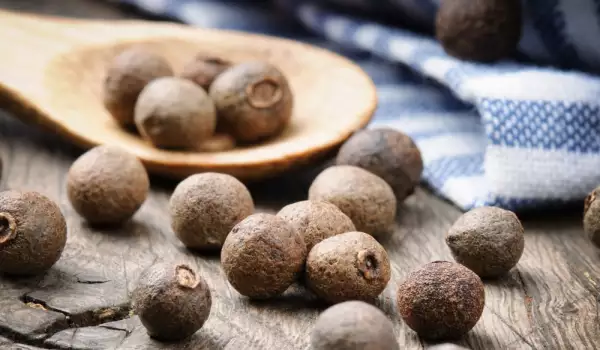
Selection and storage of spices
Buy allspice in well-sealed small packages. Store the spice in closed, dry and dark rooms, the temperature should not exceed 18°C and the air humidity - 70%.
Culinary use of allspice
Combining the smell of cinnamon, nutmeg and clove, allspice has a distinctive and characteristic more pungent and peppery taste. Only 3-4 grains are enough for one cooking with spices. We are used to putting it in some soups and fish, game and beef dishes.
Often allspice is added in some types of pickled vegetables and ready-made sausages. Allspice became one of the most popular spices in the late Middle Ages. The European tradition of seasoning game, veal, and various fish with spices dates back to this era.
Allspice is also added to sauces, vegetable dishes, marinades, canned meat, fish and other dishes. It is quite suitable for flavoring rice.
Allspice is quite successfully combined with black pepper, celery, onion, garlic and bay leaf. In addition, the small dark and oval grains are an indispensable ingredient in the composition of the aromatic curry.
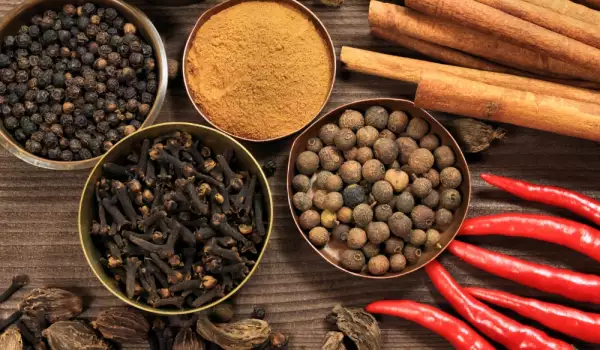
Allspice benefits
Apart from being a spice, allspice can also be used as a herb to alleviate some health problems, but it is important to remember that only small amounts of the spice are needed. The spice in an amount of 2-3 fruit for 4 servings improves digestion and increases appetite.
There are quite a few benefits of regular consumption of allspice. The spice stimulates digestion, appetite and has a flatulent effect. Allspice is recommended after meals for better digestion, for intestinal pain and gas with bloating, as well as for diarrhea.
Essential oils in allspice have excellent antiseptic properties. Applying peppermint oil helps minor wounds and abrasions heal faster. It is good to mix allspice oil with a little coconut oil, because it is very strong and can irritate the skin.
Traditionally in Jamaica hot allspice tea is drunk for colds, menstrual cramps, upset stomach. In Costa Rica, allspice grains are used to treat diabetes, gas and indigestion. Cubans apply it as a refreshing tonic and Guatemalans use the crushed fruit for bruises, joint and muscle pain.
It is believed that externally, allspice acts as a local anesthetic and is used as a patch for neuralgia, rheumatism and relieves muscle pain. It is used as a paste to soothe and relieve toothache - dentists use eugenol as a local anesthetic for teeth and gums. Adding allspice to toothpastes, however, is debatable as to whether or not it is beneficial.
The crushed fruit are taken internally at the tip of a teaspoon 3 times a day on an empty stomach. The standard dose of essential oil is 2-3 drops, or as prescribed.
Method of use: 1 tsp. crushed fruit are poured with 250 ml of boiling water and are covered for 10 minutes. Drink three times a day after meals. In case of diarrhea drink on an empty stomach.
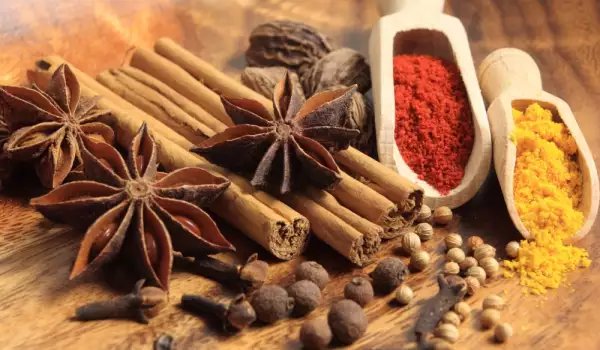
Folk medicine with allspice
Thanks to the rich content of essential oils, allspice is extremely beneficial at the first symptoms of colds and flu. According to folk healers, a cold passes very quickly if you swallow two grains of allspice in the first hours of feeling unwell. Note that the grains should not be chewed, because their taste is sharp and difficult to swallow.
Mulled wine with allspice is an excellent winter drink against colds according to folk medicine. A few spoonfuls of honey, 1 clove and 4 allspice grains are added to a liter of warm red wine. An apple can be added to the wine, after which it is boiled for 2-3 minutes, strained for 30 minutes and drunk in small sips. The drink helps not only with colds, but also warms you up, improves blood circulation and has an antiseptic effect.
A cold can also be quenched with an aromatic herbal tea to which a little honey, lemon juice and 2 grains of allspice have been added. This tea warms the body and clears the respiratory tract, helps with sweating and eliminates toxins. It is good to drink in the evening, after which a person should lie down and wrap themselves very well in a warm blanket. In the morning the cold has subsided and the general condition has improved.
Harms from allspice
Combining allspice with certain medications can change their actions or cause unwanted side effects. Do not take allspice if you take iron and other mineral supplements. Although it has a beneficial effect on digestion, allspice is not recommended for people with stomach, liver, bile and kidney problems.
Avoid allspice if you are pregnant or breastfeeding. Do not use the oil on your skin if you have eczema or other inflammatory skin conditions. Allspice can cause allergic skin reactions when used topically.
Allspice is contraindicated if you have chronic digestive disorders such as duodenal ulcer, reflux disease, ulcerative colitis, irritable bowel, diverticulosis or diverticulitis. In addition, allspice should not be used if there is a history of cancer or an increased risk of cancer. Eugenol, a substance in the spice, may put you at risk of cancer.
Allspice essential oil should be used with caution and a high quality product should be selected. Before proceeding with its use, it is best to consult a specialist who will best explain the risks, the method of application and the possible side effects.
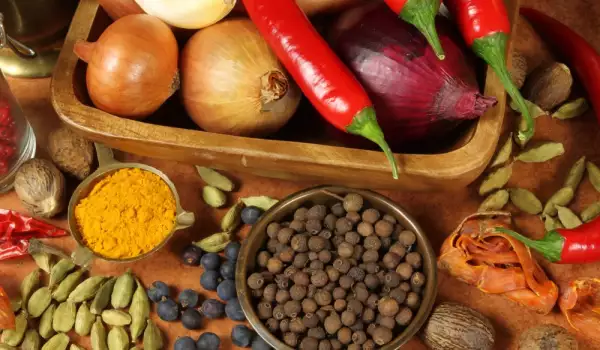

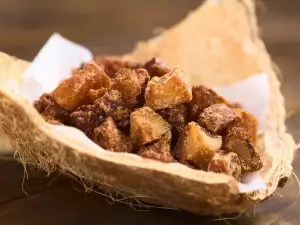
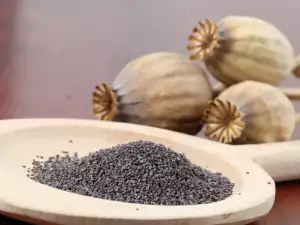
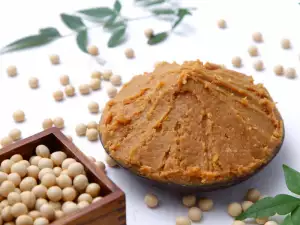
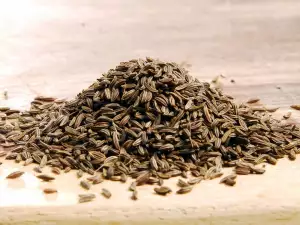
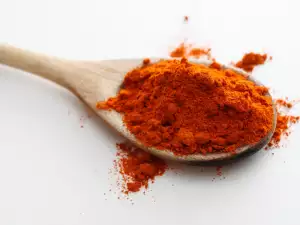


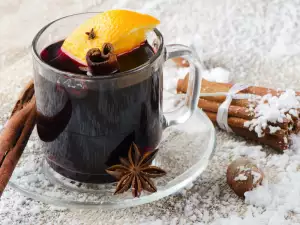
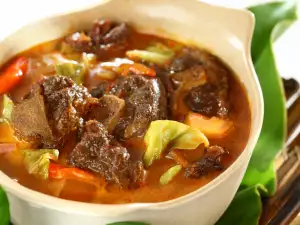







Comments